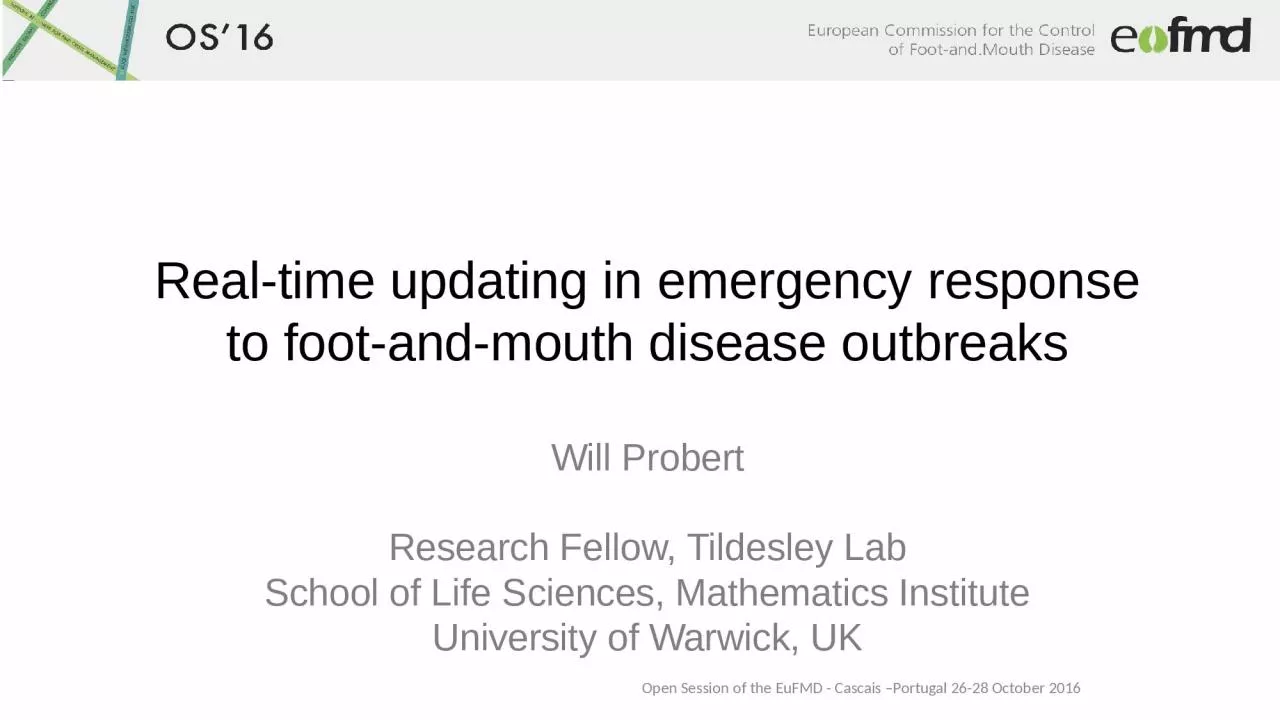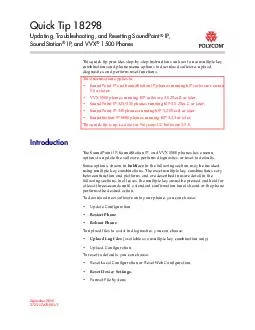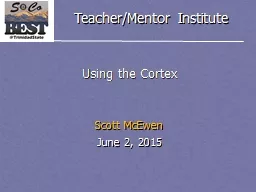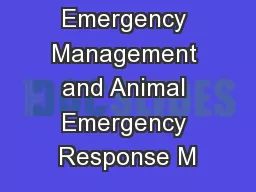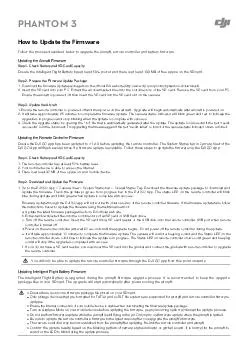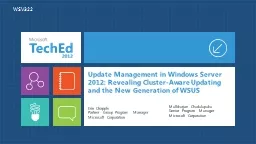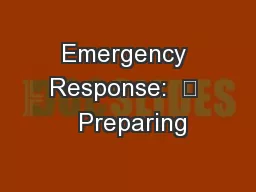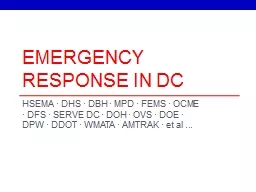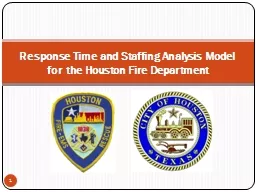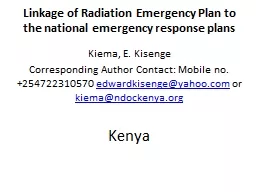PPT-Real-time updating in emergency response
Author : roberts | Published Date : 2024-02-09
to footandmouth disease outbreaks Will Probert Research Fellow Tildesley Lab School of Life Sciences Mathematics Institute University of Warwick UK Acknowledgements
Presentation Embed Code
Download Presentation
Download Presentation The PPT/PDF document "Real-time updating in emergency response" is the property of its rightful owner. Permission is granted to download and print the materials on this website for personal, non-commercial use only, and to display it on your personal computer provided you do not modify the materials and that you retain all copyright notices contained in the materials. By downloading content from our website, you accept the terms of this agreement.
Real-time updating in emergency response: Transcript
Download Rules Of Document
"Real-time updating in emergency response"The content belongs to its owner. You may download and print it for personal use, without modification, and keep all copyright notices. By downloading, you agree to these terms.
Related Documents

